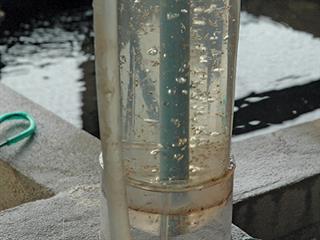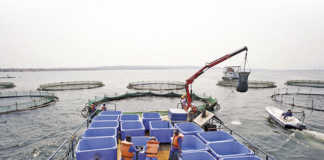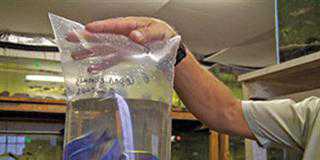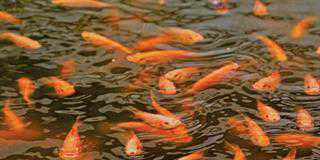
In my previous article, I discussed the poor quality of fish produced when using inbred stock, and the dramatic contrast evident in using quality strains. Today, I’ll focus on the facilities and infrastructure required to ensure the health of fry – and therefore their desired growth. Production of large quantities of fish fry requires far more sophisticated methods than most believe. Customers demand even-sized fry or fingerlings of the same age, not a mix of sizes and ages. But fish do not grow at an even rate, and therefore the necessity of grading arises.
This must be done carefully to prevent stressing the fish as little as possible during handling.So, what are the processes involved from swim-up fry to fingerling distribution? Once fry are gathered from the breeders, the first step is sex-reversal.
The process takes 18 to 21 days, after which the fry are usually about 15mm to 20mm in length. At this stage, they are fragile, and need spacious tanks with abundant feed and warm water of around 28°C.
In our hatchery, the fry are moved into 2 200l grow-out tanks inside tunnels, with natural feed such as algae and infusoria, as well as artificial feed. These large, spacious tanks, in which 3 000 to 4 000 fry can grow to sellable size after three weeks, help to ensure that the fry are robust. This in turn enables them to survive the rigours of grading, packaging and transport. The same fish, if reared in indoor tanks under artificial lighting and with artificial feeds, would be weak in comparison.
In summer, the tunnels are ventilated to prevent the water overheating. This allows insects to lay their eggs in the water, and an inspection of any tank without fish will show the bloodworm (Chironomid larvae) and other insect larvae that thrive in the warm water. This live feed is the best possible option for juvenile fish, and results in healthy, robust fry. Feeding is a key indicator of health, and the morning feeding frenzy usually indicates that all is well.
Transport of fry must be planned carefully. Some notorious suppliers pack fish that are either wild-caught the same day, or have been fed that day. Both result in the fish excreting waste into the packing water, which rapidly builds up toxic ammonia. Even if the fish survive, they succumb after a few days as the essential organs are ‘burnt’, and secondary infection kills the fish.
Fry and fingerlings must be starved for at least three days prior to packing. The transport water must be the same temperature and quality as the fish have grown accustomed to. Packing in raw, cold tap water is a recipe for disaster. Fish can be transported in either plastic bags with oxygen and a sedative, and packed in polystyrene boxes for air transport,
or moved in plastic drums with aeration for road transport. The use of any container without either oxygen or aeration can work only for very short distances, and at very low stocking densities.
If these few golden rules are followed, mortalities can be limited to just the occasional individual, and the fry will arrive in good health, and grow rapidly thereafter.
Nicholas James is an ichthyologist and hatchery owner.













